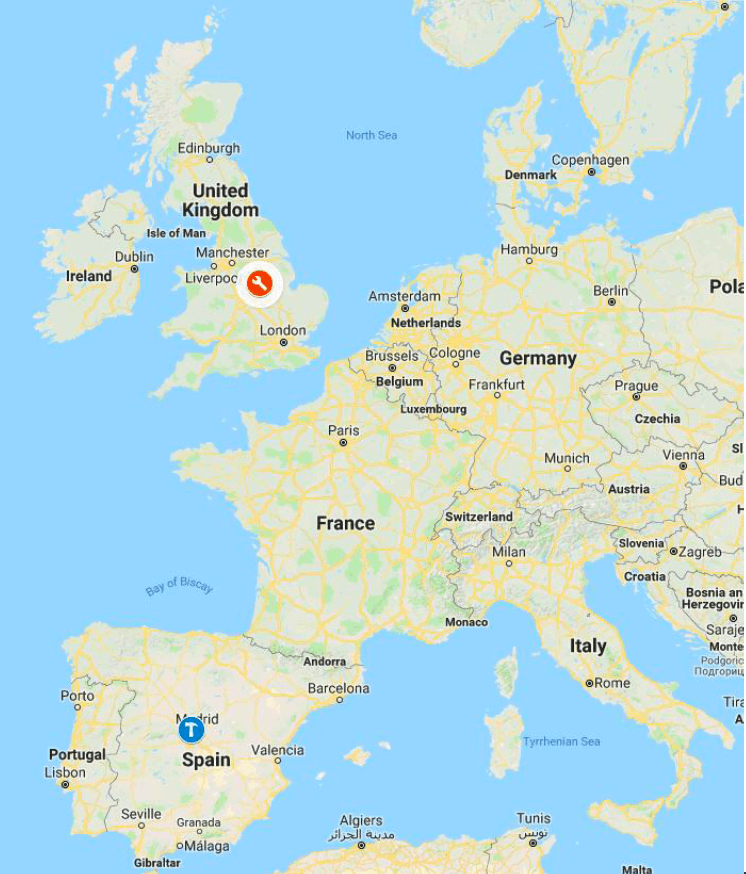
GNSS Big Data CDR successfully completed
13/12/2018
2577 views
The Critical Design Review (CDR) meeting for the “GNSS Big Data Processing for Monitoring, Assessment of Innovative Techniques and Science” project was held at the Nottingham Scientific Ltd premises from 15th to 16th of October 2018. The CDR attendees included representatives from ESA ESTEC, ESA ESAC and the main contractor and subcontractor companies: Nottingham Scientific Ltd, Sixsq, and University of Nottingham.
The objectives of this project, with 18 months of duration, are to:
- Demonstrate the potential of continuous or adaptive recording of digitized intermediate frequency data, instead of GNSS observables, at reference and potentially mobile stations using a distributed or centralised infrastructure facility approach. This will make use of the new GIFRES solution (GNSS IF Recording Station) which provides the traditional CORS (Continuously Operating Reference Stations) functionality and could also bring extra benefit for the scientific research community, as the opportunity to access and replay the raw IF GNSS signals is not possible with a traditional CORS station.
- Identify relevant application/study cases during the pilot operation period which demonstrate and promote the benefits of a systematic long term digitized intermediate frequency data storage.
The architecture is based on:
- An Edge-cloud based seamless IT architecture
- A highly configurable and open source GNSS receiving and processing architecture
- Long Term data is archived centrally on the cloud (max 1PB): This is optimised to include a mixture of high/low fidelity data:
- event-driven high fidelity data, 8 bits, for interesting events such as earthquake, ionospheric disturbance and
- continuous low fidelity data, 2 bits, for long term archiving
- derived data: RINEX, station positions, etc

The implementation will include the installation on the prototype in three sites:
- Nottingham which will be the master site and will be used for development where the majority of the experiments will be done. It will be operational during Q1 2019.
- ESAC: It will be operational during Q2 2019.
- 3rd site whose location and availability are currently under discussion.
If you want to find out more about GNSS go to NAVIPEDIA


